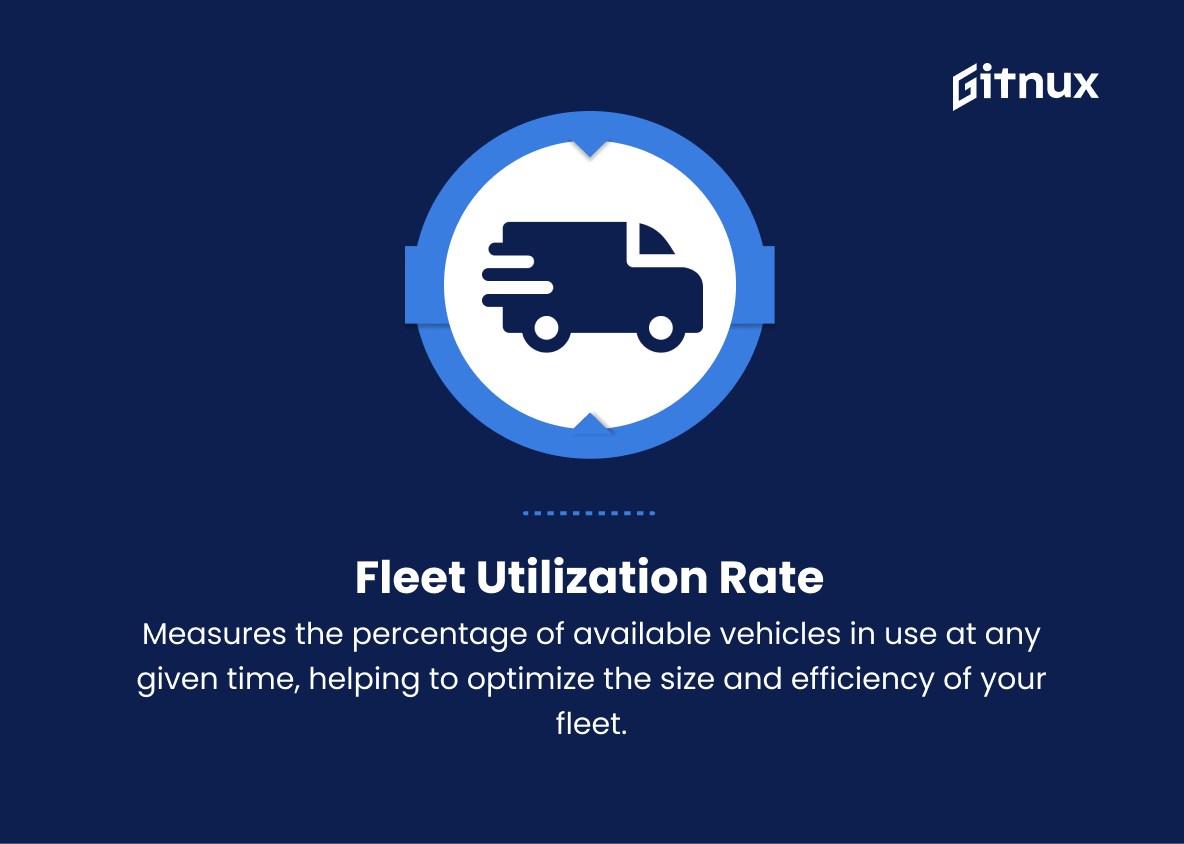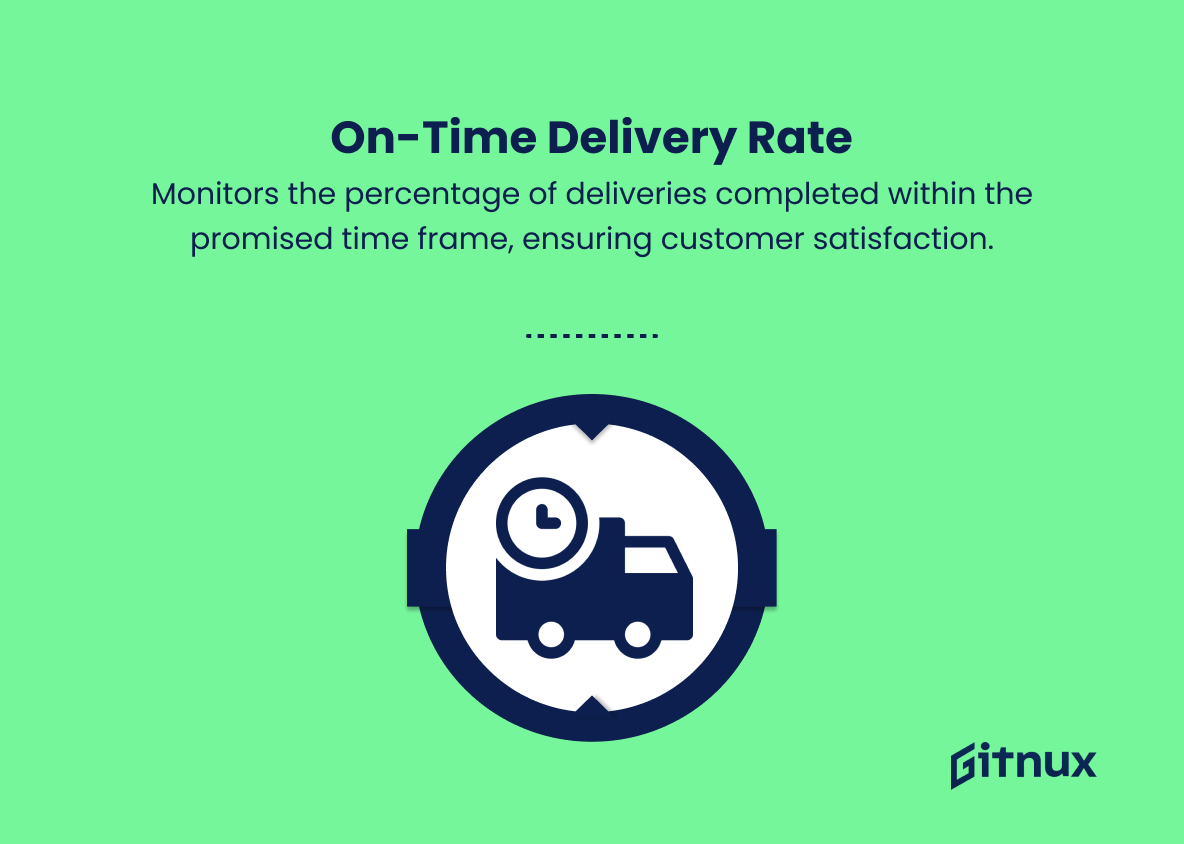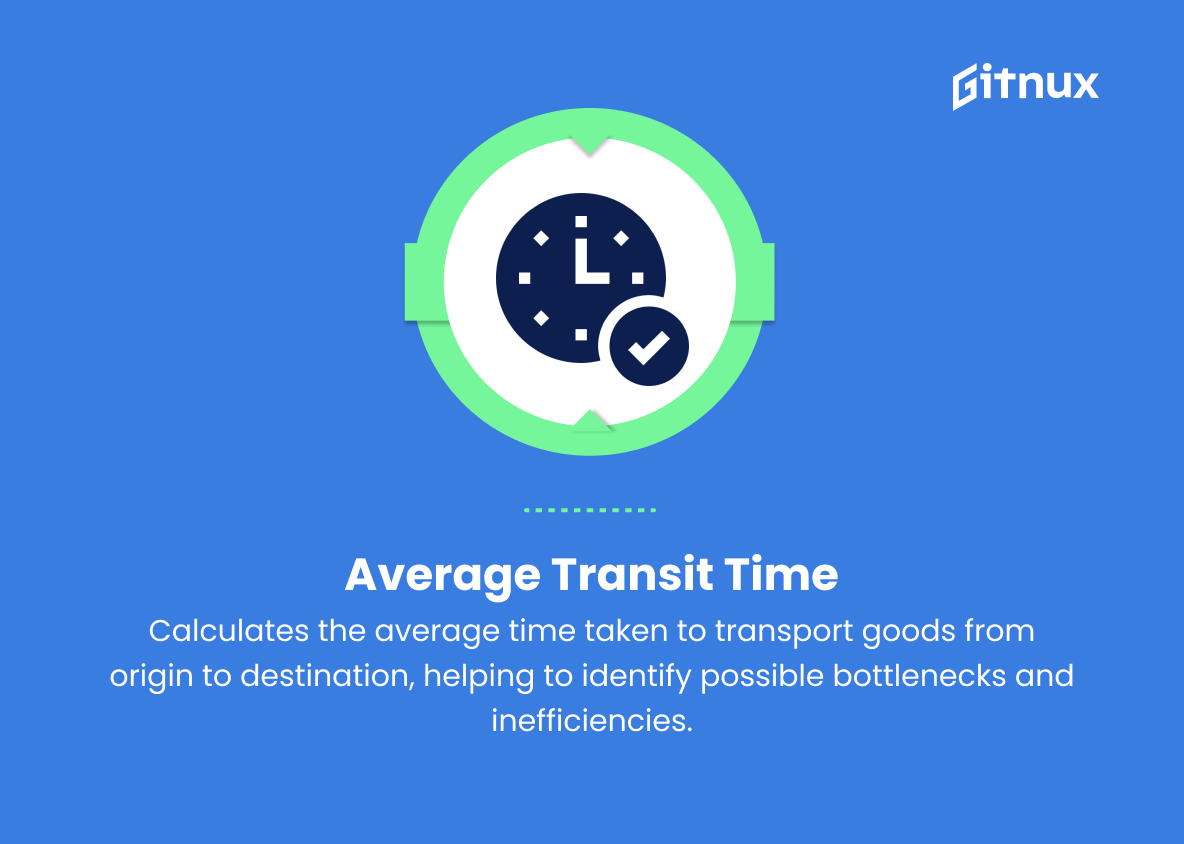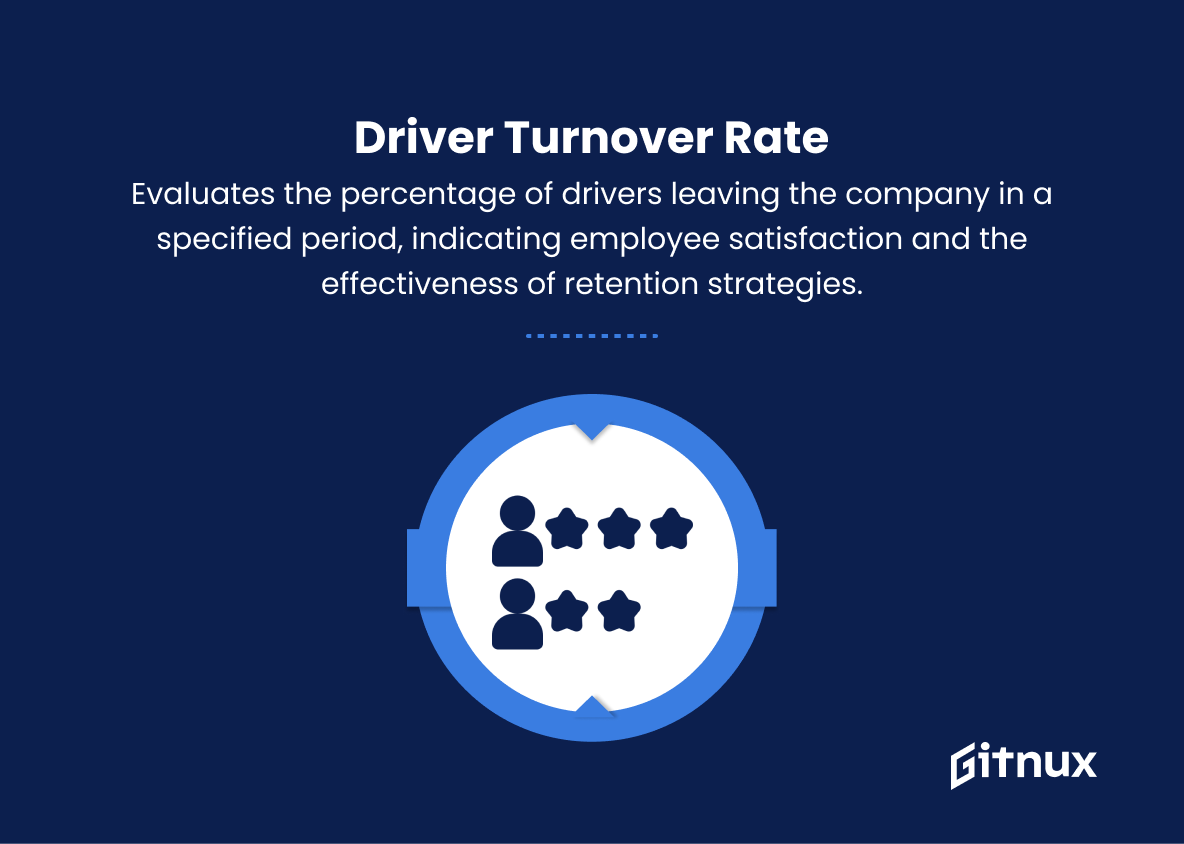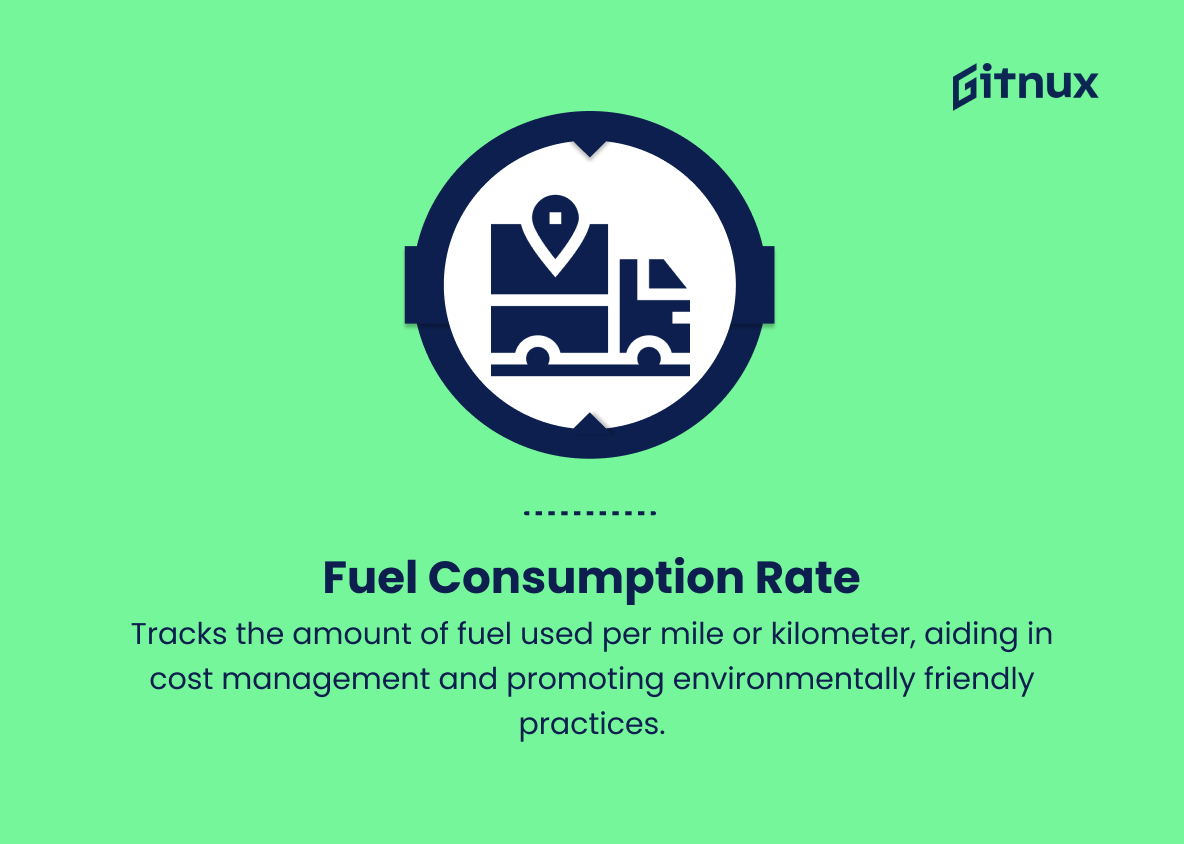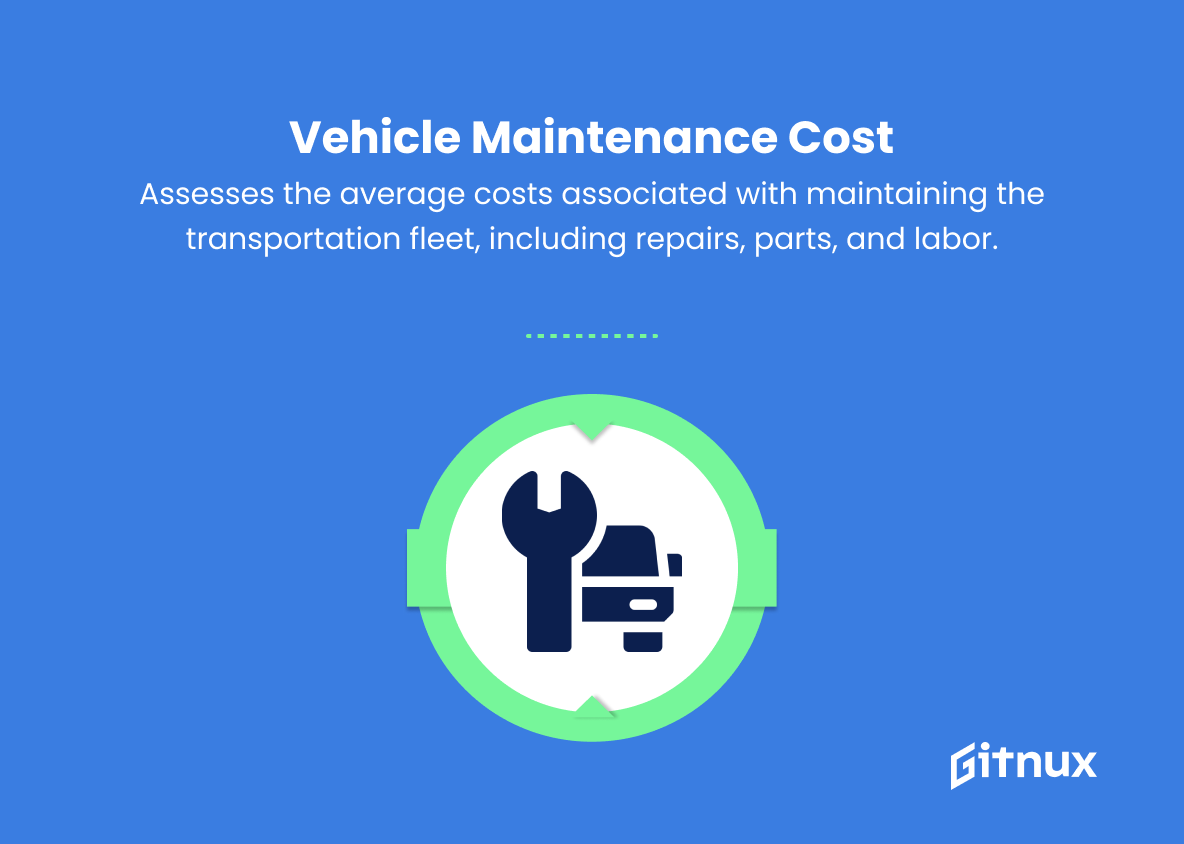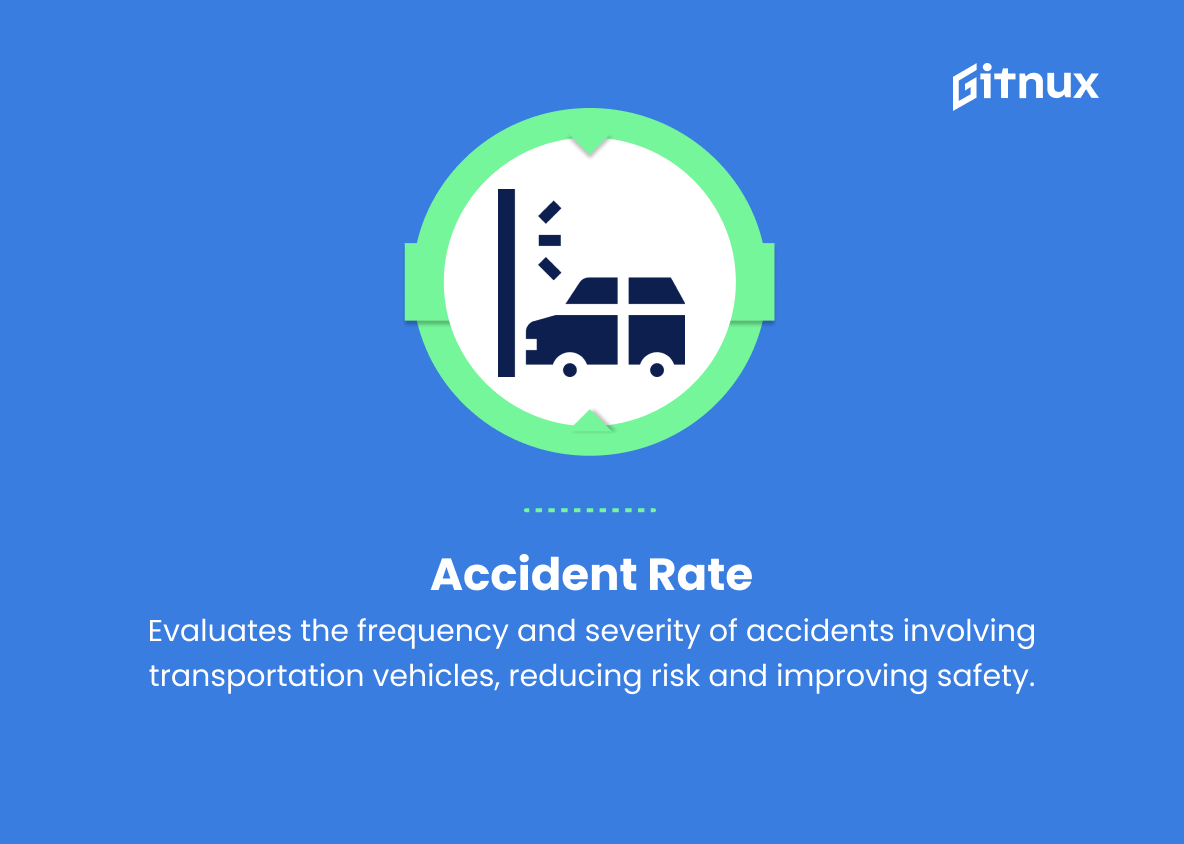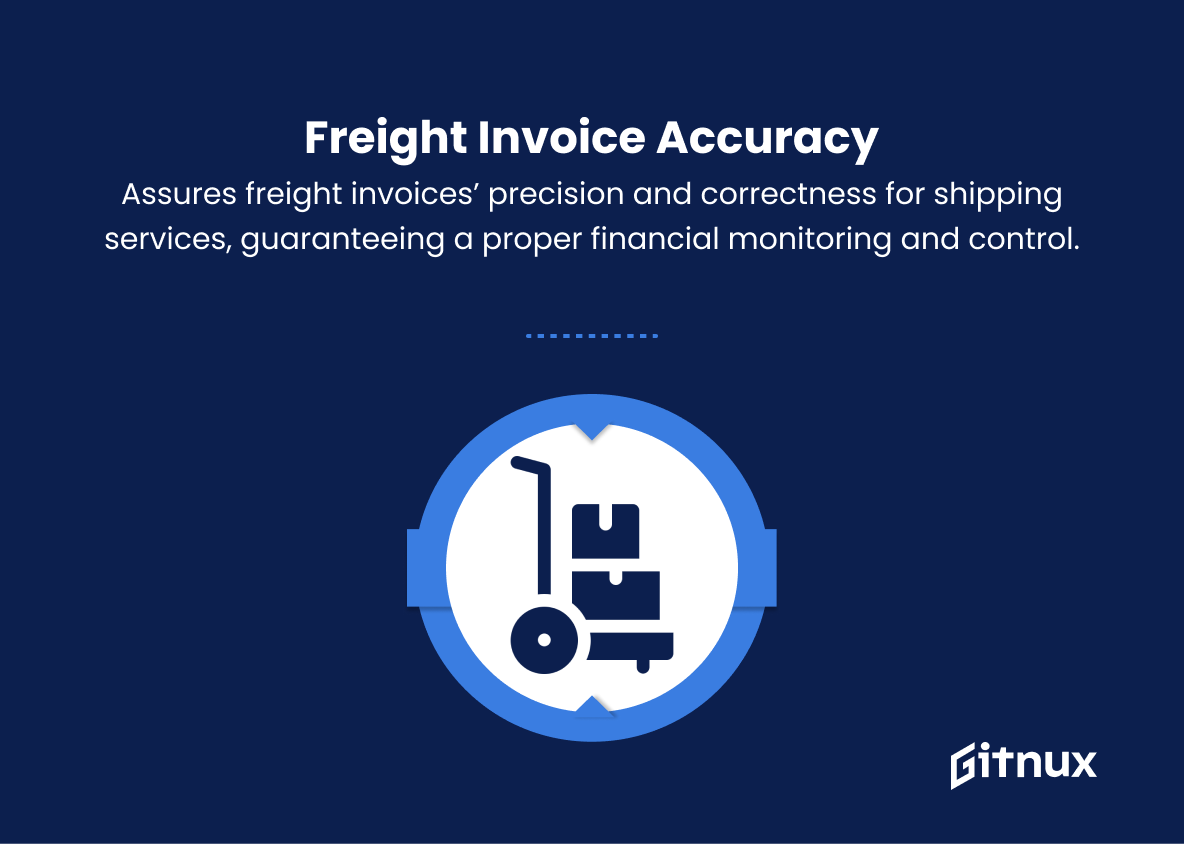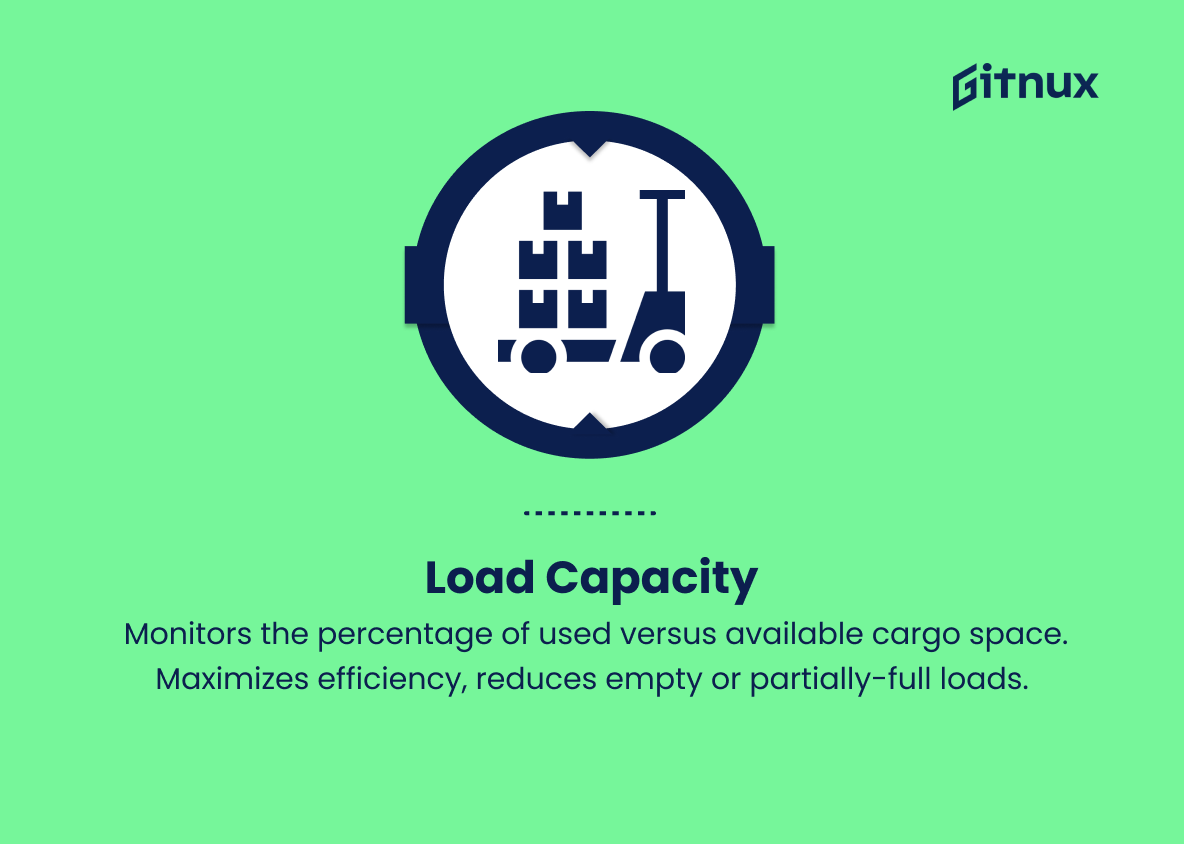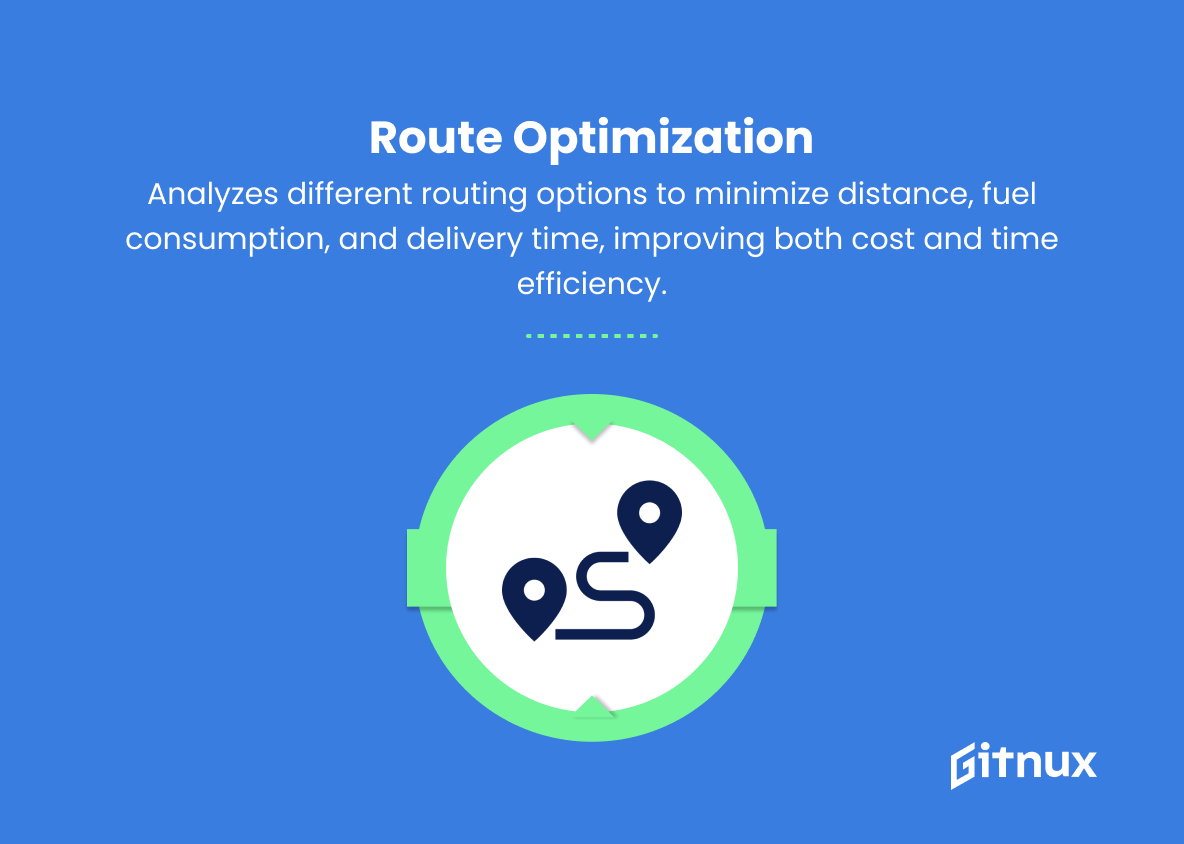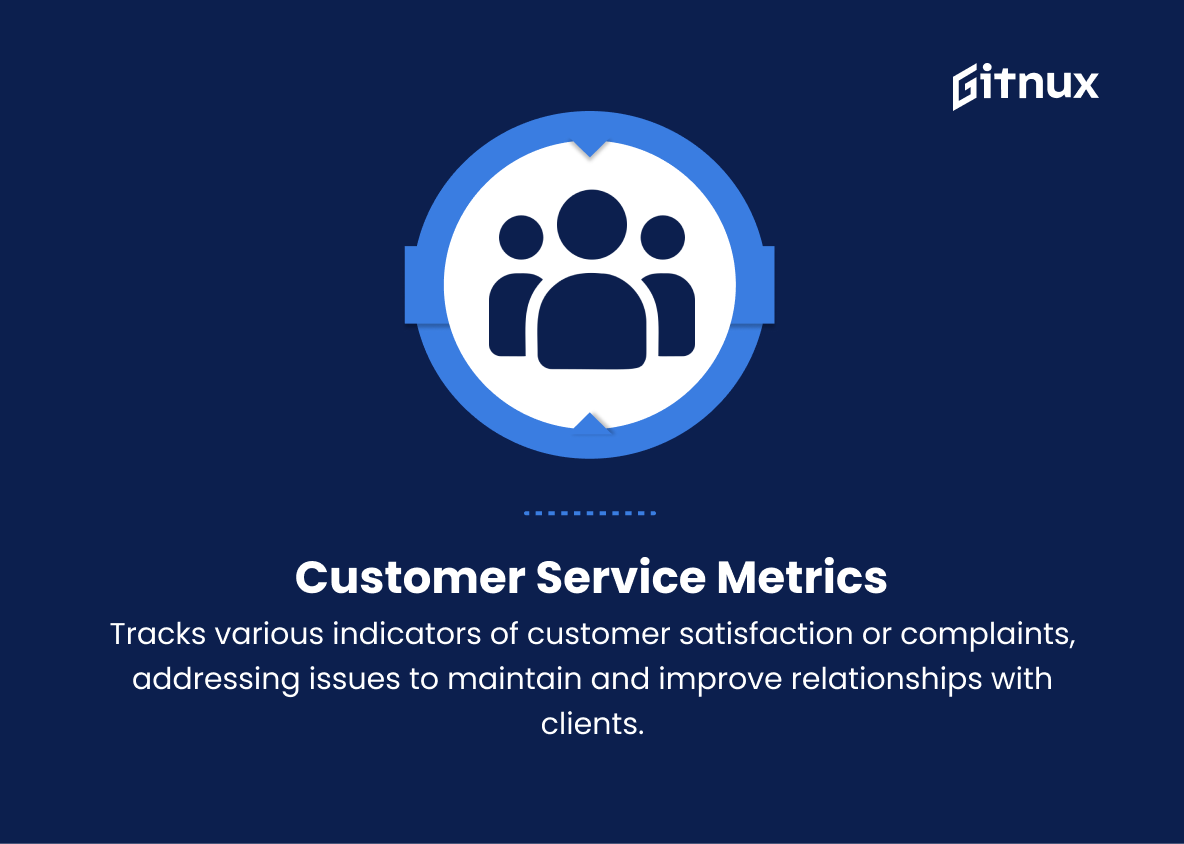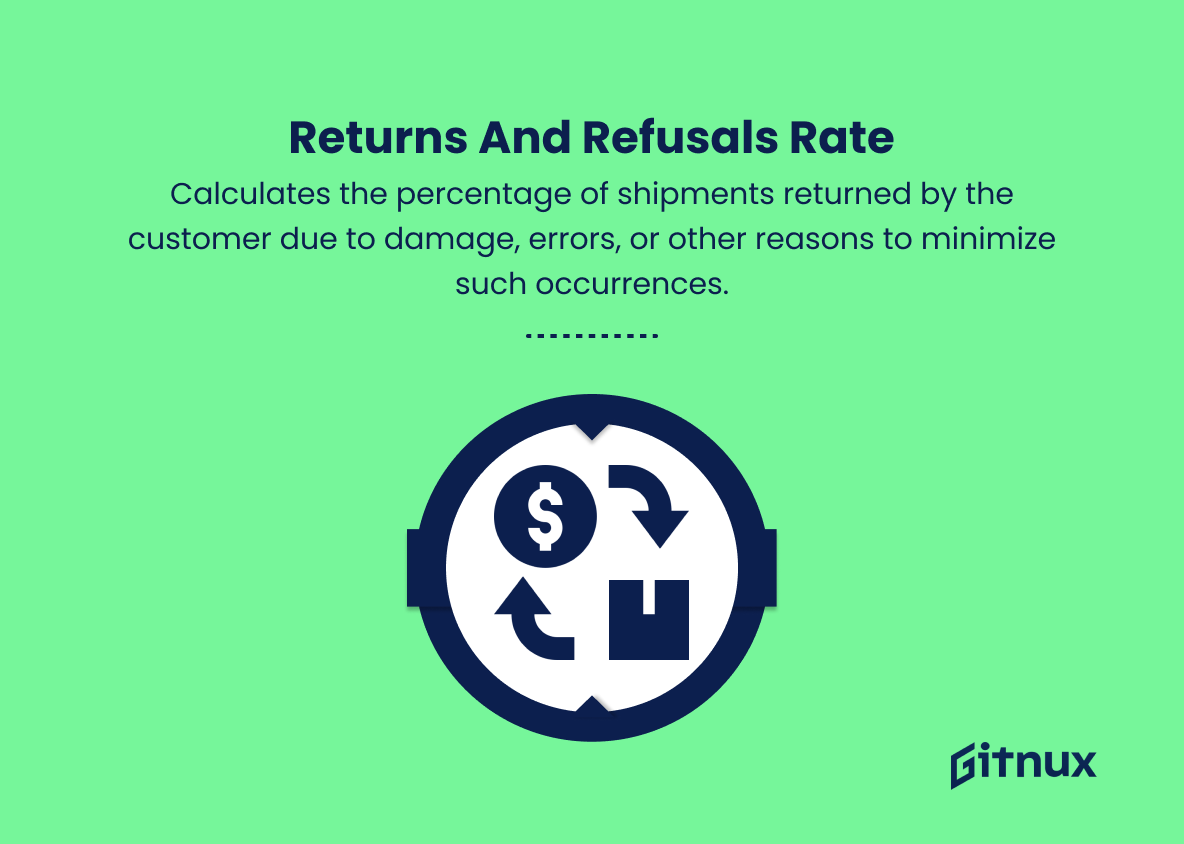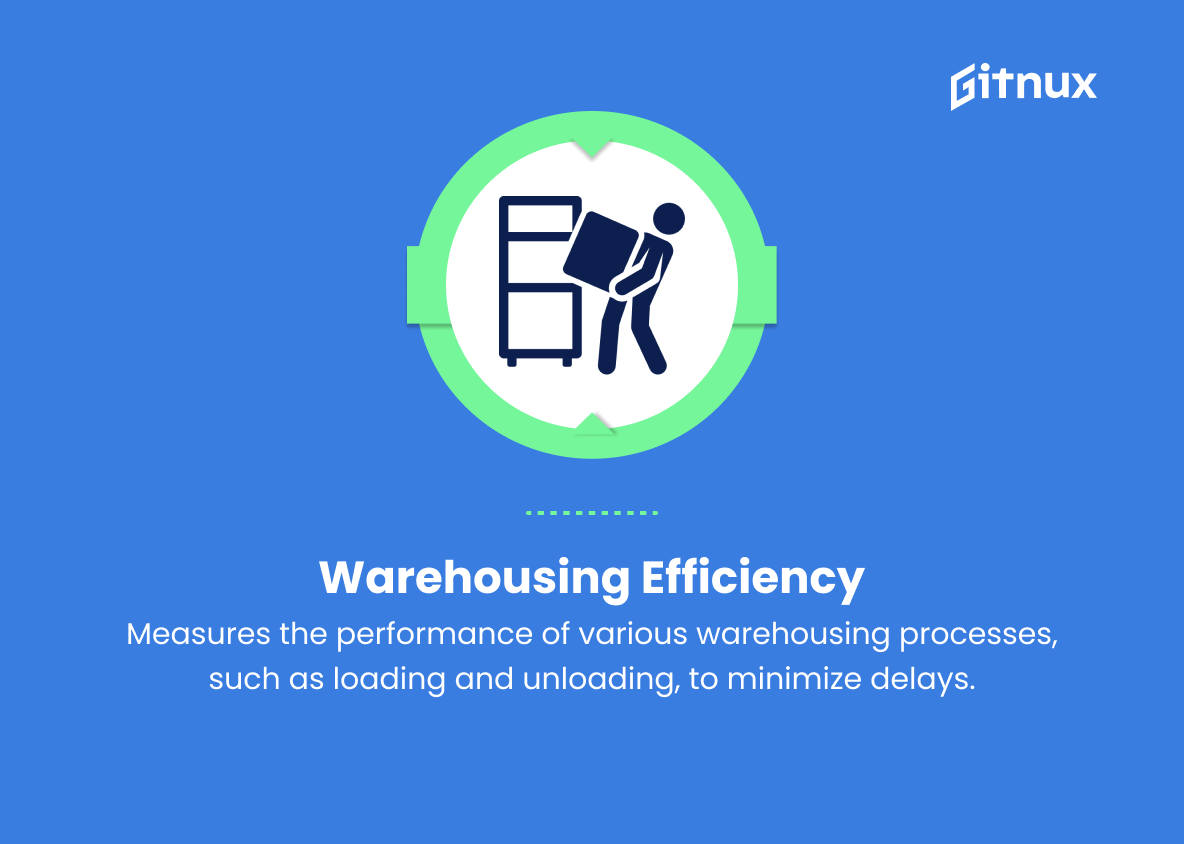In today’s rapidly evolving business landscape, efficient and effective transportation systems have become a critical component of an organization’s ability to maintain a competitive advantage. As such, it is essential to establish a set of quantifiable metrics to evaluate the performance and success of transportation operations. These metrics, known as Transportation Key Performance Indicators (KPIs), serve as vital tools to monitor and optimize the logistical processes, by providing organizations with valuable insights into their transportation operations, highlighting areas for improvement, and driving strategic decision-making.
This blog post will delve deep into the expansive world of Transportation KPIs, discussing their significance, various types, and best practices for implementation, ultimately equipping you with the knowledge needed to improve efficiency, reduce costs, and boost overall transportation performance in your organization.
Transportation KPIs You Should Know
1. Fleet Utilization Rate
Measures the percentage of available vehicles in use at any given time, helping to optimize the size and efficiency of your fleet.
2. On-time Delivery Rate
Monitors the percentage of deliveries completed within the promised time frame, ensuring customer satisfaction.
3. Average Transit Time
Calculates the average time taken to transport goods from origin to destination, helping to identify possible bottlenecks and inefficiencies.
In today’s rapidly evolving business landscape, efficient and effective transportation systems have become a critical component of an organization’s ability to maintain a competitive advantage.4. Driver Turnover Rate
Evaluates the percentage of drivers leaving the company within a specified period, indicating employee satisfaction and the effectiveness of retention strategies.
5. Fuel Consumption Rate
Tracks the amount of fuel used per mile or kilometer, aiding in cost management and promoting environmentally friendly practices.
As such, it is essential to establish a set of quantifiable metrics to evaluate the performance and success of transportation operations.6. Vehicle Maintenance Cost
Assesses the average costs associated with maintaining the transportation fleet, including repairs, parts, and labor.
7. Idle Time
Measures the percentage of time vehicles spend idling, which can indicate inefficiencies and contribute to fuel waste.
8. Trip Completion Rate
Monitors the percentage of trips successfully completed without delays or issues, ensuring a smooth transportation process.
9. Accident Rate
Evaluates the frequency and severity of accidents involving transportation vehicles, reducing risk and improving safety.
10. Freight Invoice Accuracy
Assures freight invoices’ precision and correctness for shipping services, guaranteeing a proper financial monitoring and control.
11. Load Capacity
Monitors the percentage of used versus available cargo space, maximizing efficiency and reducing the number of empty or partially-full loads.
12. Route Optimization
Analyzes different routing options to minimize distance, fuel consumption, and delivery time, improving both cost and time efficiency.
13. Customer Service Metrics
Tracks various indicators related to customer satisfaction or complaints, addressing issues to maintain and improve relationships with clients.
14. Returns and Refusals Rate
Calculates the percentage of shipments returned or refused by the customer due to damage, errors, or other reasons to minimize such occurrences.
15. Warehousing Efficiency
Measures the performance of various warehousing processes, such as loading and unloading, to streamline operations and minimize delays.
Transportation KPIs Explained
Transportation KPIs are essential in optimizing the performance of a transportation company by providing valuable insights into various aspects of the business. Fleet utilization rate helps improve efficiency by ensuring that available vehicles are used effectively, while on-time delivery rate ensures customer satisfaction by fulfilling their expectations of timely deliveries. Average transit time helps identify bottlenecks and inefficiencies to enhance overall operations. Driver turnover rate provides insights on employee satisfaction and the success of retention strategies.
Fuel consumption rate helps manage costs and reduces environmental impact, while vehicle maintenance cost evaluates the affordability of maintaining the fleet. Idle time indicates inefficiencies and uncovers areas of possible improvement. Trip completion rate ensures a smooth transportation process, and accident rate reduces risk and improves safety. Freight invoice accuracy guarantees proper financial monitoring and control, while load capacity maximizes shipping efficiency. Route optimization enables cost and time savings through advanced planning, and customer service metrics drive excellence in client interactions.
Returns and refusals rate helps to minimize errors and damages to the shipments, and warehousing efficiency streamlines operations and minimizes potential delays. Altogether, these KPIs enable transportation companies to continuously improve, maximize efficiency, and maintain a high level of customer satisfaction.
Conclusion
In summary, understanding and effectively utilizing transportation KPIs is crucial for businesses and organizations that rely on efficient supply chain management. By focusing on critical performance measures such as transit times, cost per shipment, on-time delivery rates, and carrier performance, decision-makers can optimize their transportation strategies and enhance their logistic networks.
As the transportation industry continues to evolve, companies must stay adaptable and constantly reevaluate their KPIs in pursuit of continuous improvement. By doing so, businesses can ensure more reliable and cost-effective supply chains, thus maintaining a competitive advantage in an ever-changing global market.
